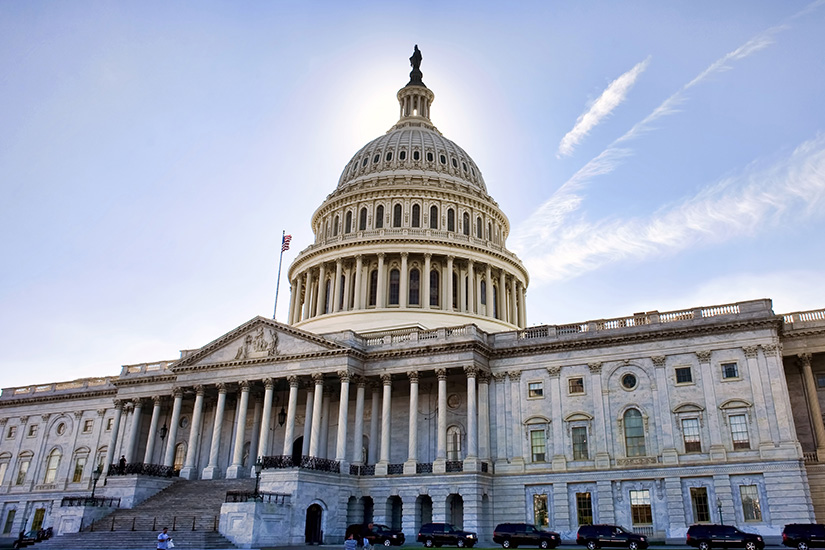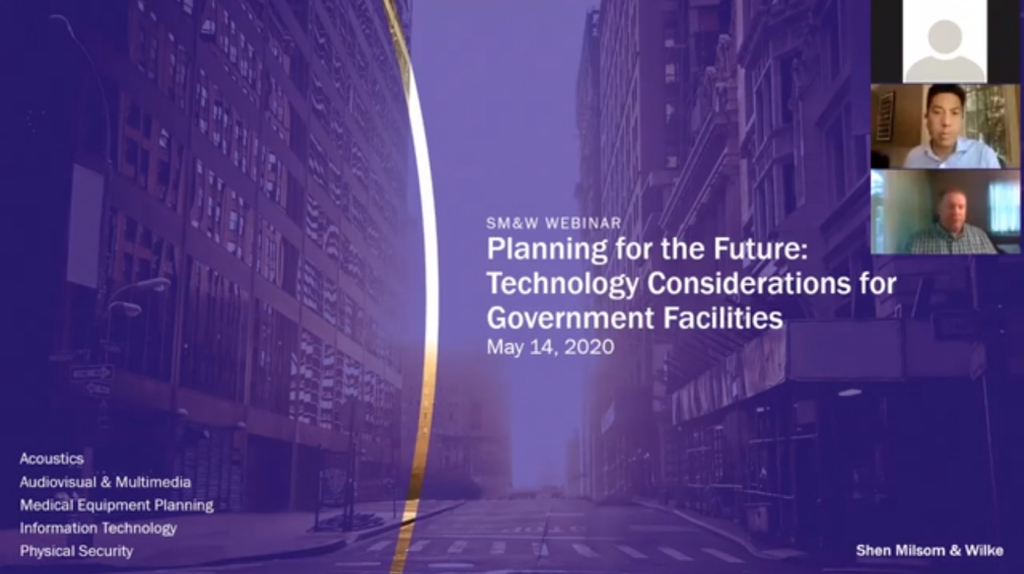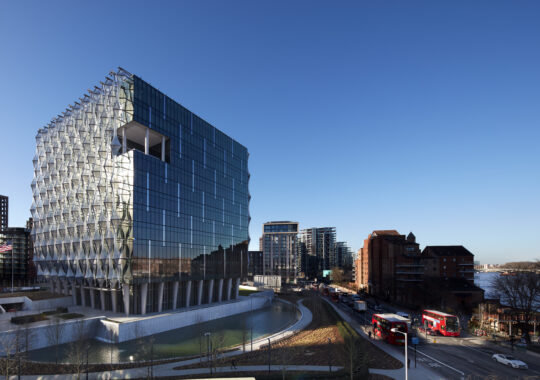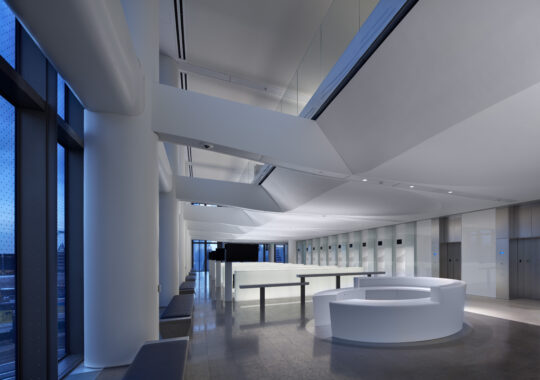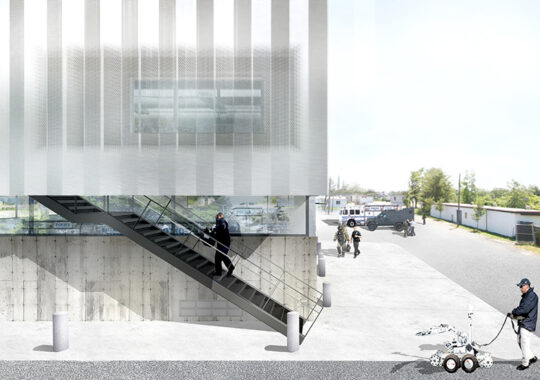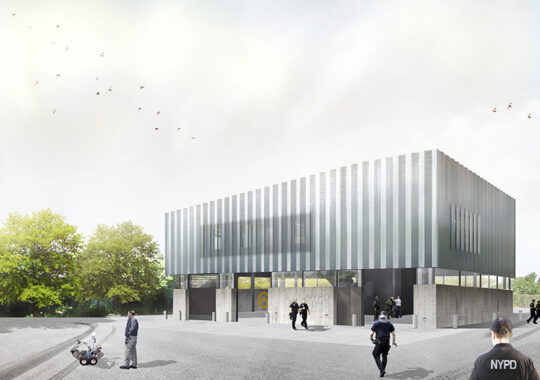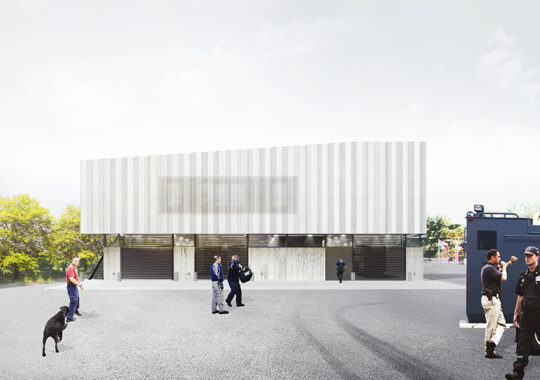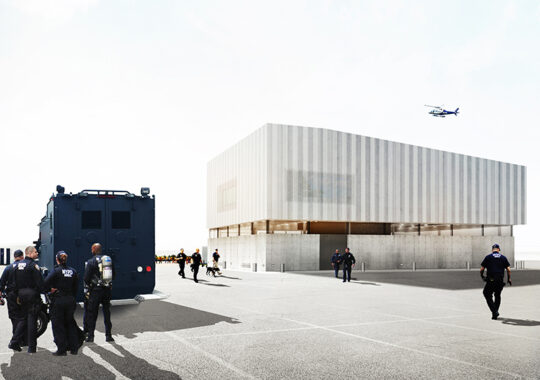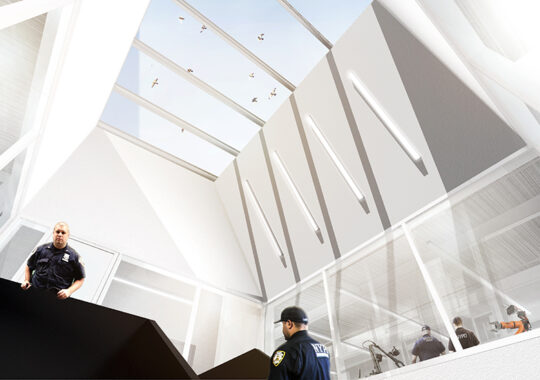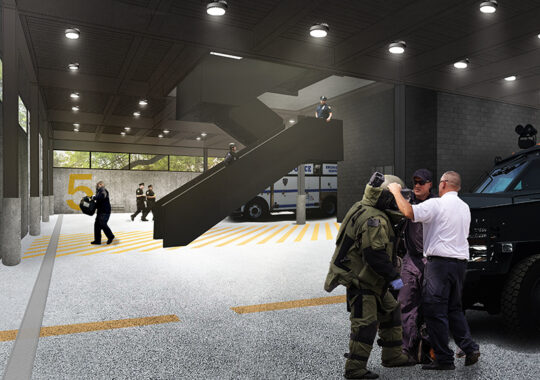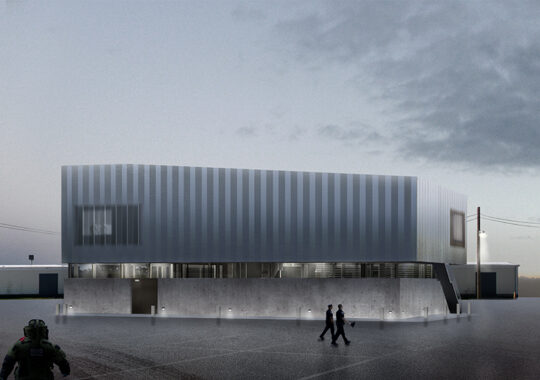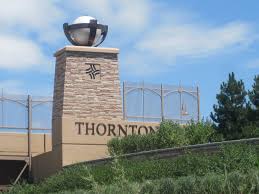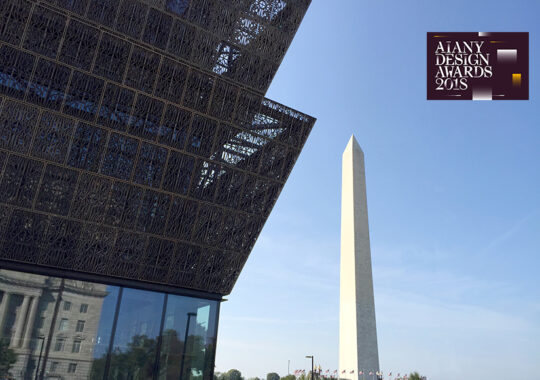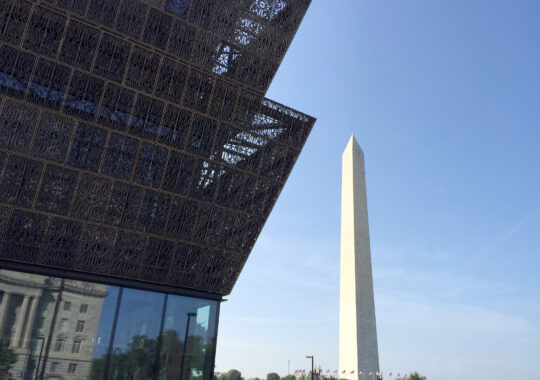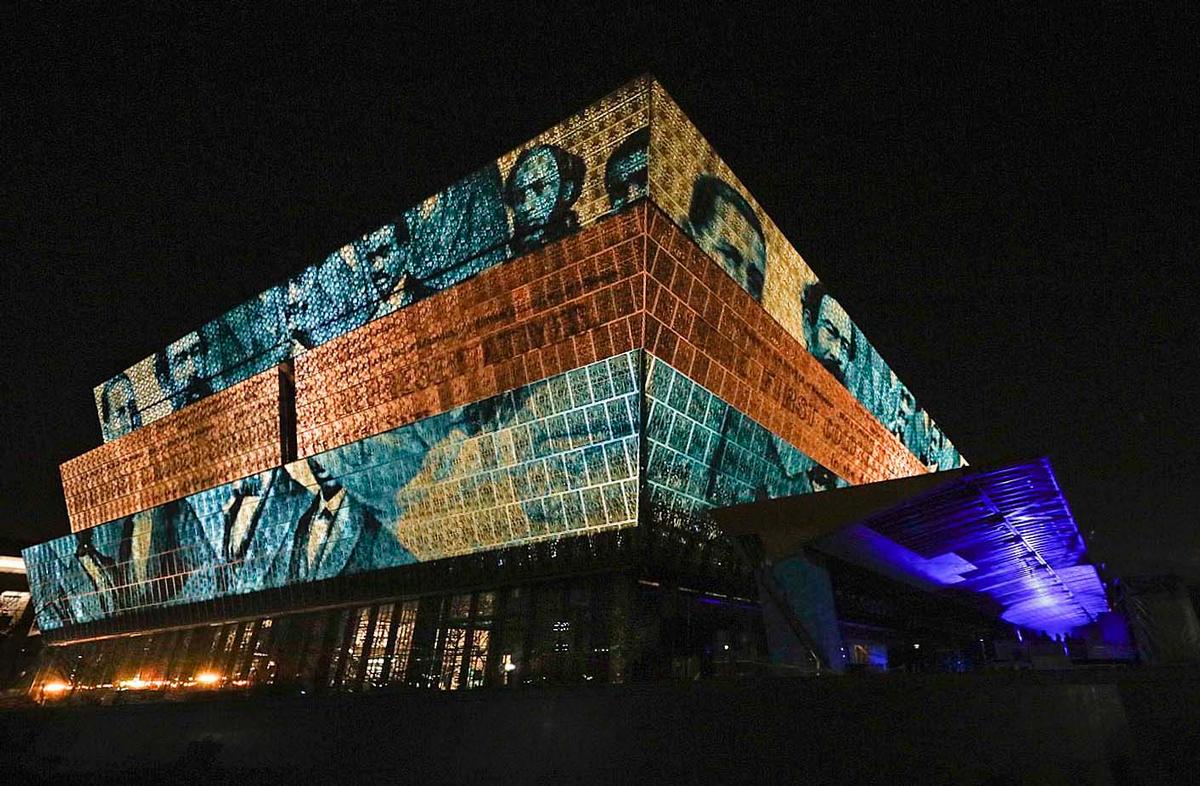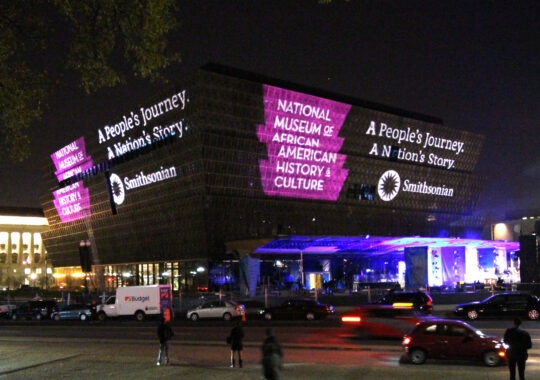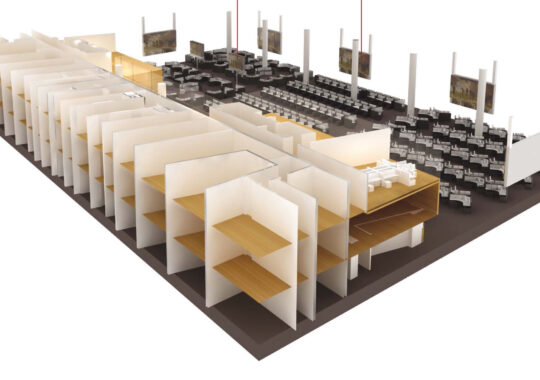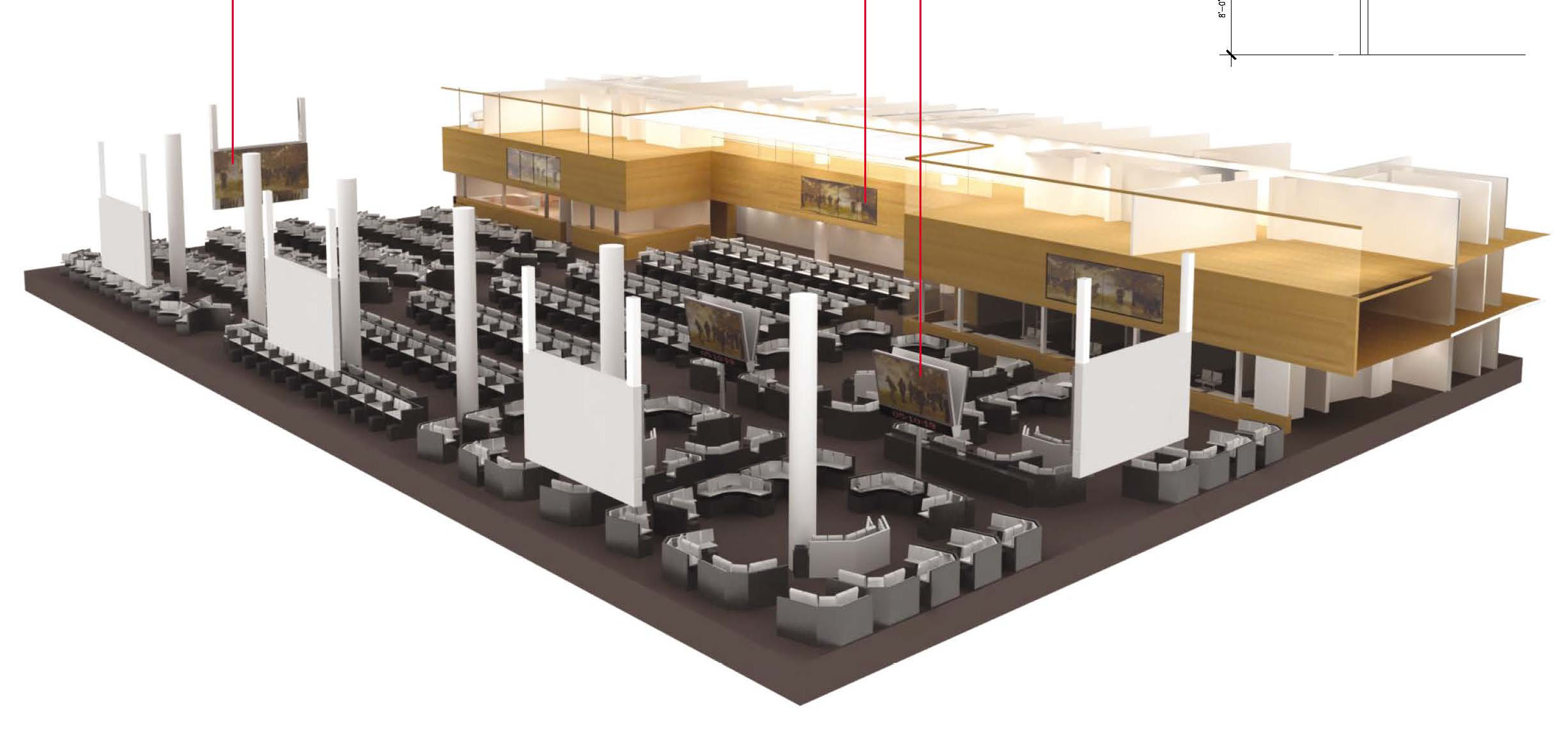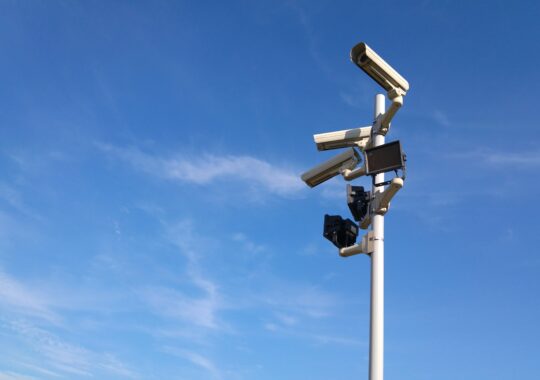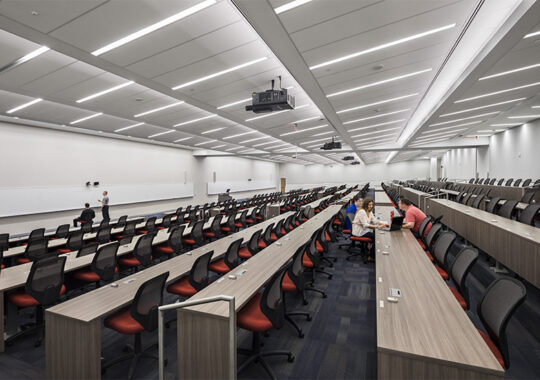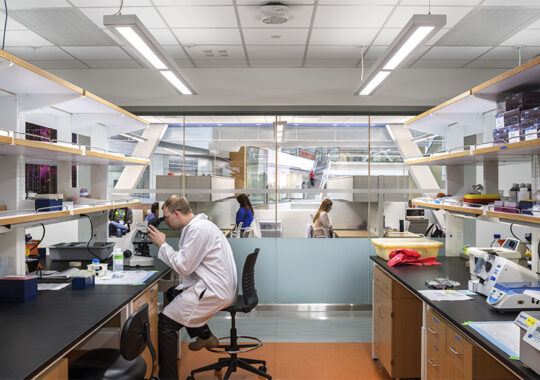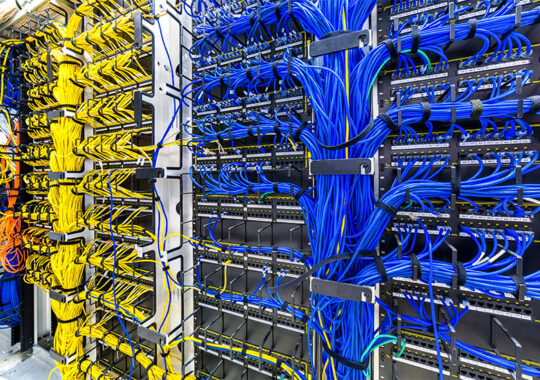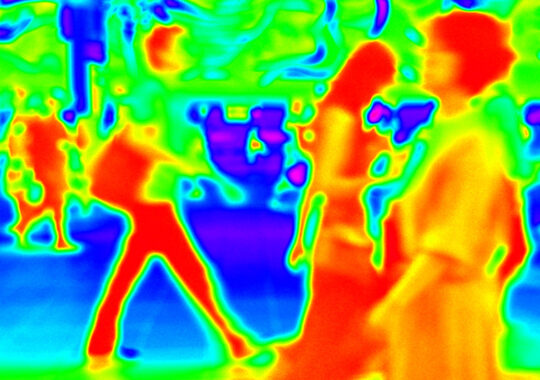On Thursday, May 14th, 2020, SM&W hosted the final webinar of four in a series titled “Planning for the Future: Technology Considerations in a Post-COVID19 World”. The fourth and final webinar focused on technology specific to government facilities. Keep reading for a recap.
Government facilities encompass dozens of building types. From public libraries and DMVs to secured operations centers and courthouses, the government, whether local, state or federal, is facing pressure to not only continue businesses operations amid COVID-19, but also set the precedent of returning to work as we re-open the country. This pandemic has not only affected businesses, but has widely changed the way our government facilities operate in their day-to-day operations. Government operations are unique in the sense that they do not have the option to completely shut down or to remote because of the functions and services the provide. What does the future of these facilities look like? See what our experts had to say.
Government Office Environments
While a lot of these offices have remained open, only a percentage of their staff have been coming in every day. As the U.S. starts to reopen in the coming weeks, more and more staff will start showing up to these facilities. What can we do to safeguard these employees? Ensuring safety will be the highest concern to not only protect government employees but also those who are visiting these facilities. Every government agency should already be developing a phased plan to return to work. This should include a risk assessment up front to determine the course of action for potential exposures, cleaning processes, teleworking, queuing issues, mental-health impacts of changes, and more.
Entrance points of a building are a great place to start when thinking of where technology can make an impact as we do return to work. It is not always about adding lots of new equipment or systems, rather than harnessing things you already have in a new way. For instance, most government office buildings already have surveillance cameras and access control systems deployed on site. Utilizing Thermal Cameras to detect fevers is the best option for observation at the entry point as it doesn’t require a human being to be present to manually check for fevers. We recommend using FDA medically certified cameras that have been tested to meet certain requirements for use in the medical field. These cameras ensure a reliable and accurate measurement. There are other alternatives available, but they should be tested to confirm they provide accurate detection. Integration of these cameras into the video management system and an increased use of video analytics for detection of crowds, people counting, and direction of travel will provide an increased level of monitoring and control.
Many of the current access control systems being used by government agencies provide additional measures of control and opportunities to transition to touchless devices to reduce the potential spread of germs and viruses. Implementation of facial recognition scanners, iris scanners, and touchless fingerprint scanners provide high-level authentication without having to touch the device. Many of the typical card readers that are already installed in government buildings may be configured to work with mobile credentials stored on a cardholder’s cellular telephone, where permitted. This provides for a multi-factor authentication process without touching the card reader. The system can also be used for contact tracing through internal reporting as well as lockouts when integrated with the thermal cameras used for elevated body temperature detection. The access control system, in conjunction with elevator controls, can also be used to automatically deliver a person to a specific floor, based only on the presentation of their access card. Integration to other systems like voice-controlled elevator dispatch systems, building management systems, and audio/video systems may allow for additional touchless opportunities.
Because government facilities support some elements that require a physical presence, we are seeing a hybrid working environment with some staff physically in the office and some staff in their home offices. This carries many concerns about bandwidth and network security, as more people are accessing information from home. A lot of people need those network connections, but the infrastructure might not be in place to support it. Agencies should analyze their systems to see what their current needs are and what they have in place. These assessments are key to safeguarding your network and future planning. The more people accessing your network, the more of a strain you put on your network. Where you might have been at 10GB before, you might be utilizing up to 400GB now. Utilizing things like fiber optic technologies or category 6A cabling can help facilitate those data and power needs.
Courthouses
Courthouses are going to operate differently in the future. A lot of the non-criminal courts have been closed, but will start to reopen soon. How do we see this changing in our new normal? Remote hearings, arraignments, and even witness testimonies are a good way to move forward. When you think about hearings, you have to consider the sheer amount of people involved, from judges and jury to witnesses and defendants. Our courts facilities process and intake a large amount of people every day. All of these people are at risk of potential exposure to COVID-19. Technology and these Unified Communications (UC) platforms can be deployed in order to avoid having these groups of people gathered together in person. Additionally, these facilities process a lot of paperwork, like marriage licenses, driving records, deeds, and more. Much of this paperwork may also be a threat to transmit the virus. Solutions like digital filings, electronic payments, and electronic access to documents might be the best way for operations to continue while safeguarding employees and public from the virus.
Courts are public buildings at the end of the day. They have to remain open, but are just functioning at a slower speed than normal. Identifying those individuals with an elevated temperature might be a mandatory requirement in the future. Installing mobile thermal camera kiosks might be a consideration for temperature measurement. There is a courthouse in Palm Beach that is already using thermal scanners, testing up to 20 people at time. This proves that that technology is out there, and that people are starting to use it. Additionally, video analytics can be used in conjunction with heat mapping to identify areas with large groups of people, sending a signal to a guard to address that scenario.
Mission Critical Facilities
Mission critical facilities are providing essential services, which requires staff to be physically on site and operating 24/7. They are not able to work remotely. A lot of these facilities have utilized distancing measures, shifting operator positions to maintain 6 feet of space between one another. Shift schedules have also been put into action, having operators come in on specific days and times, and keeping these teams isolated. Implementing these types of work environment changes help to lessen the risks of cross contamination of the workspaces.
We are also seeing the increased use of backup facilities, war rooms, or simulation rooms coming into the picture as alternative workspaces. These flex areas allow staff to social distance, without reducing or limiting staff. These facilities and spaces are important in the planning of future buildings, as they are often used in critical incident management, like this pandemic. By planning ahead, you have flexibility for the future to keep communications and operations fluid.
Detention Facilities
Virtual visitation via phone has been in place for some time, but we are now seeing these holding facilities and jails utilizing platforms like Skype and other UC platforms. Virtual meetings allow inmates to talk with their legal team, friends, and loved ones while limiting physical contact and lessening the risk of a major outbreak. Notably, detention centers have one of the highest risk of infection because of limited space in holding areas, common areas, and waiting areas. Other solutions to keeping everyone safe in these facilities include assigning officers to specific units or pods of inmates and harnessing video analytics for their surveillance systems to monitor crowding.
For those planning and designing government facilities with the intent on improving processes in the future, what do our experts recommend? Looking into cloud-based computing for emails, phone systems, and unified communication systems. Cloud systems require less equipment for data centers, saving space and other resources. We would also recommend working with what you already have. From incorporating thermal screening technology to the integration of video analytics within your current surveillance systems. There is a lot of systems infrastructure already deployed. Looking to harness Bluetooth and other touchless measures like automated doors, mobile credentialing and more will help us move toward a safer workplace.
Click here to view the full webinar recording.
